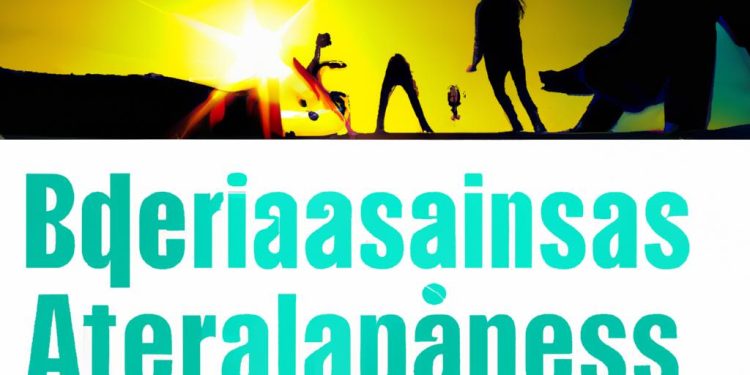Imagine an education landscape where every student, irrespective of their learning abilities, inherently different cognition or distinctive life experiences, is recognized, accommodated, and encouraged to thrive. A place where the traditional, ‘one-size-fits-all’ approach to assessment is discarded to make way for a dynamic, inclusion-centric system. Sounds utopian, right? But hold on to your skepticism, because a revolution in pedagogy is already on the horizon, and it goes by the name of inclusive assessment practices. The walls of exclusive academia are being chipped away, one inclusive assessment at a time. This journey toward a more egalitarian education system is the heart of our narrative – ‘Breaking Barriers: Inclusive Assessment Practices’. Come and join us as we explore this transformative shift redefining education and dismantling barriers. In the realm of education, it’s time to shatter the glass ceiling and put inclusive assessment practices into action. Inclusion means personalizing education to accommodate the incredible diversity in learning vistas among students. Tailored, flexible teaching styles, and assessment practices that recognize and encourage multiple intelligence ensure that no student is left behind. Additionally, an inclusive classroom provides a healthy and nurturing environment for varied learning styles, reinforcing the idea that every child has the potential to excel, given the right support and opportunities.
One key approach to inclusivity in classrooms is to engage in multi-modal assessments. This means utilizing different types of evaluations, to cater to various learning styles and capabilities. This could range from written tests, oral presentations, group projects, practical demonstrations to even art-based assignments. By diversifying the modes of evaluation, we ensure that every student gets a fair chance to showcase their knowledge and skills. Moreover, these varied styles of assessments can be a refreshing change, making learning more enjoyable for students.
- Personalized assessments: Tailored assignments based on individual strengths and preferences lands the spotlight on every student’s unique potential.
- Flexible timings: Offering extended deadlines and allowing students to choose their own timeline for learning reduces performance pressure.
- Use of technology: Tech tools engage students visually and kinesthetically, making evaluations interesting and interactive.
For an inclusive assessment setup to run effectively, certain strategies can be implemented. Let’s dive into some recommendations:
| Strategy | Recommendation |
|---|---|
| Emphasize on process over product | Focus on the journey of learning more than just the end result or grades. |
| Peer Assessment | Encourage students to learn from each other and evaluate each other’s understanding collaboratively. |
| Open-Ended Questioning | Incorporate questions that spark critical thinking and creativity rather than just memorization. |
| Feedback and Reflection | Give detailed feedback on performance and encourage students to reflect on their work. |
All these strategies are aimed at transforming classrooms into spaces where education is accessible, enjoyable, and empowering for every student. When assessments stop being a source of dread and start being a tool for growth, learning blossoms. In this way, the barriers to learning are not just broken but completely dismantled. Venturing beyond the familiar confines of conventional assessment, we have embarked on a compelling journey towards inclusivity. Witnessing learners break through barriers with the help of adaptive means, gives an unprecedented satisfaction, reminiscent of a sculptor beholding an exquisite work of art. Breaking Barriers: Inclusive Assessment Practices, thus, emerges as a beacon, guiding us towards an educational landscape that embraces diversity and reduces disparities.
Inclusive assessment, like a finely woven tapestry, reflects the caliber and creativity of every distinct individual, spotlighting their strengths while addressing their areas of improvement. It creates a tailored approach to learning – a bridge that merges the chasm between teaching and understanding.
Let this article ignite a spark of curiosity and lead to thought-provoking dialogue en route to a revolution in education. May it inspire you to re-imagine, reform, and revamp the conventional assessment practices in your own learning environment. For, when the tides of change pull you out, venturing into the inclusive seas, the horizon that unrolls is nothing short of striking.
Yes, the seamless canvas is vast, the colours of exclusivity are vibrant, yet the masterpiece of inclusive assessment is yet to be fully painted. As we continue to press forward, our strokes coalesce creating an eloquent testimony of equal opportunity and diverse potential waiting to be harnessed. After all, isn’t that the true essence of education?






